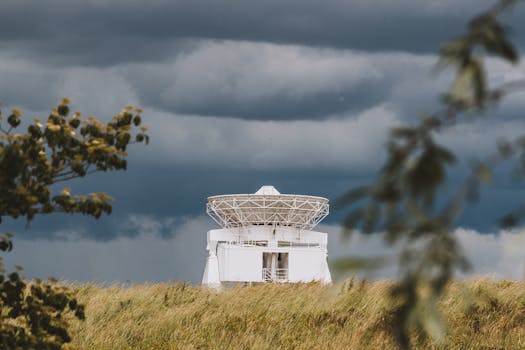GEO Satellites: Unlocking the Power of Geostationary Orbit
GEO satellites are a crucial part of modern telecommunications, providing a wide range of services including television broadcasting, telecommunications, and weather forecasting. In this article, we will explore the world of GEO satellites, their applications, and the benefits they offer.

GEO Satellites: Unlocking the Power of Geostationary Orbit
GEO satellites, or Geostationary satellites, are a type of satellite that orbits the Earth at an altitude of approximately 36,000 kilometers, which is about 1/10th of the distance from the Earth to the Moon. At this altitude, the satellite’s orbital period is synchronized with the Earth’s rotational period, allowing it to remain stationary in the sky relative to a fixed point on the Earth’s surface. This unique characteristic makes GEO satellites an essential part of modern telecommunications, providing a wide range of services including television broadcasting, telecommunications, and weather forecasting.
History of GEO Satellites
The concept of a geostationary satellite was first proposed by science fiction author Arthur C. Clarke in 1945. However, it wasn’t until the 1960s that the technology to launch and operate a GEO satellite became available. The first GEO satellite, Syncom 2, was launched by NASA in 1963, followed by Syncom 3, which was the first satellite to be placed in a geostationary orbit. Since then, hundreds of GEO satellites have been launched, with many more planned for the future.
Applications of GEO Satellites
GEO satellites have a wide range of applications, including television broadcasting, telecommunications, weather forecasting, and navigation. They are also used for military communications, Earth observation, and scientific research. One of the most significant advantages of GEO satellites is their ability to provide global coverage, making them an essential part of modern telecommunications. They are also used to provide internet connectivity to remote and underserved areas, where traditional infrastructure is lacking.
Benefits of GEO Satellites
The benefits of GEO satellites are numerous. They provide a high level of reliability and stability, making them an essential part of modern telecommunications. They also offer a wide range of services, including television broadcasting, telecommunications, and weather forecasting. Additionally, GEO satellites are used to provide internet connectivity to remote and underserved areas, making them an essential tool for bridging the digital divide. Furthermore, GEO satellites are used for Earth observation, which provides valuable data for climate modeling, weather forecasting, and natural disaster prediction.
Challenges Facing GEO Satellites
Despite the many benefits of GEO satellites, there are also several challenges facing the industry. One of the main challenges is the increasing amount of space debris in geostationary orbit, which poses a significant risk to operational satellites. Additionally, the industry is facing increasing competition from new technologies, such as low-Earth orbit (LEO) satellites and high-throughput satellites (HTS). Furthermore, the industry is subject to strict regulations, which can make it difficult to launch and operate a GEO satellite.





